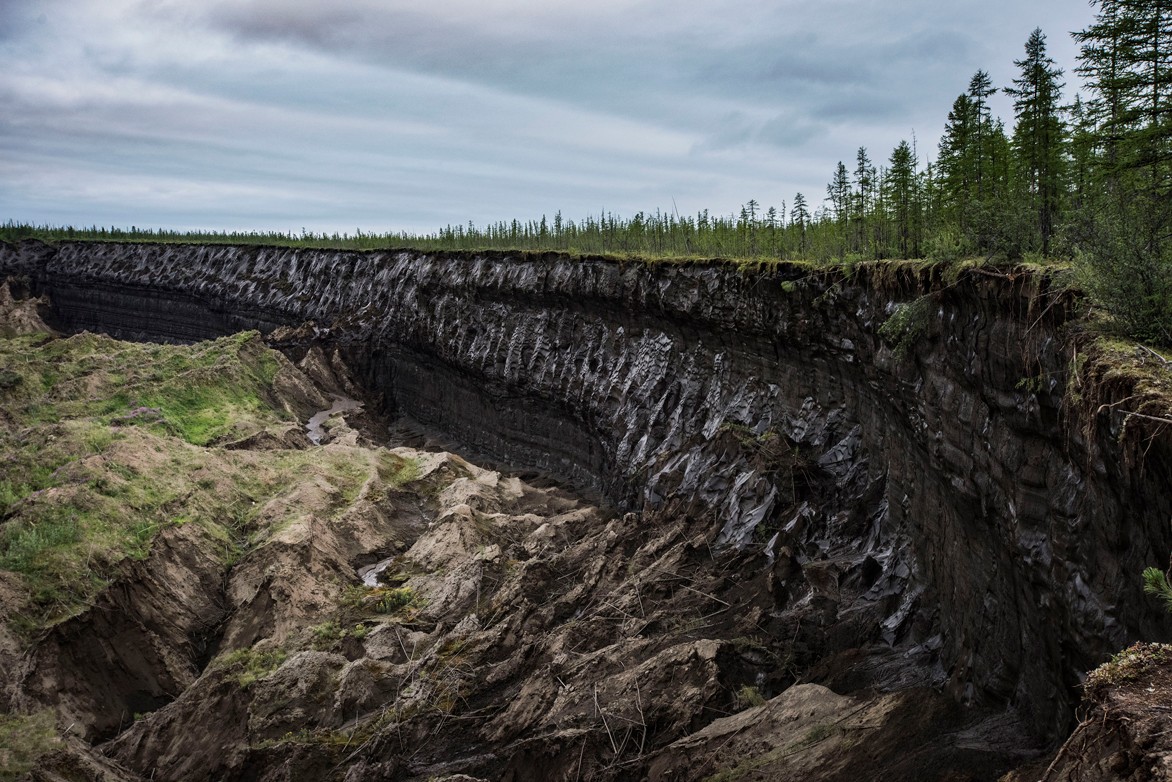Permafrost collapse is accelerating carbon release
 The sudden collapse of thawing soils in the Arctic might double the warming from greenhouse gases released from tundra, warn Merritt R. Turetsky and colleagues.
The sudden collapse of thawing soils in the Arctic might double the warming from greenhouse gases released from tundra, warn Merritt R. Turetsky and colleagues.
This much is clear: the Arctic is warming fast, and frozen soils are starting to thaw, often for the first time in thousands of years. But how this happens is as murky as the mud that oozes from permafrost when ice melts.
As the temperature of the ground rises above freezing, microorganisms break down organic matter in the soil. Greenhouse gases — including carbon dioxide, methane and nitrous oxide — are released into the atmosphere, accelerating global warming. Soils in the permafrost region hold twice as much carbon as the atmosphere does — almost 1,600 billion tonnes1.
What fraction of that will decompose? Will it be released suddenly, or seep out slowly? We need to find out.
Current models of greenhouse-gas release and climate assume that permafrost thaws gradually from the surface downwards. Deeper layers of organic matter are exposed over decades or even centuries, and some models are beginning to track these slow changes.
But models are ignoring an even more troubling problem. Frozen soil doesn’t just lock up carbon — it physically holds the landscape together. Across the Arctic and Boreal regions, permafrost is collapsing suddenly as pockets of ice within it melt. Instead of a few centimetres of soil thawing each year, several metres of soil can become destabilized within days or weeks. The land can sink and be inundated by swelling lakes and wetlands.
Read More at Nature
















